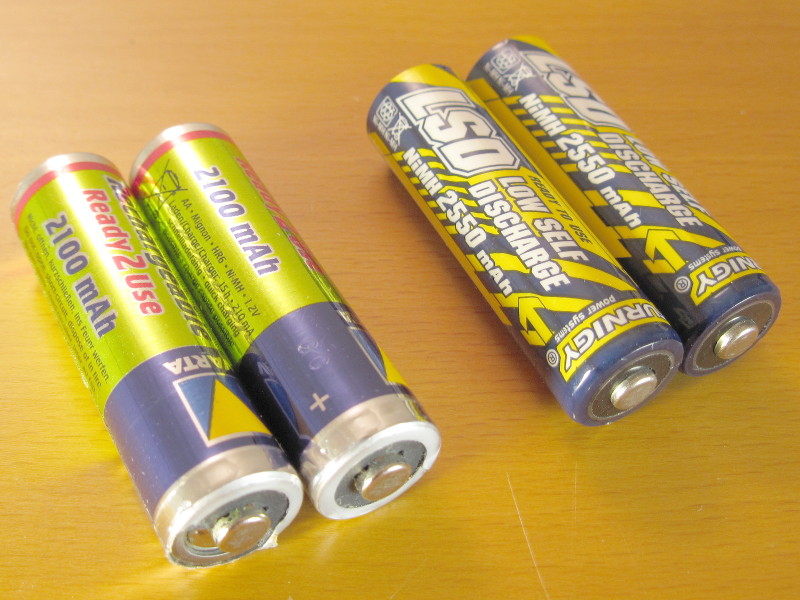The supply chain for 1.5V batteries, like many other industries, is vulnerable to disruptions that can arise from various factors such as natural disasters, geopolitical conflicts, economic crises, and global pandemics. These disruptions can have significant impacts on the production, distribution, and availability of 1.5V batteries, leading to challenges for manufacturers, consumers, and the overall market. In this context, we will explore the challenges and vulnerabilities in the 1.5V battery supply chain during global disruptions, the potential for supply chain diversification and resilience to mitigate risks, consumer responses to supply chain disruptions and potential battery shortages, and the role of global cooperation and collaboration to ensure stable 1.5V battery availability.

The Challenges and Vulnerabilities in the 1.5V Battery Supply Chain During Global Disruptions
During global disruptions, the 1.5V battery supply chain faces several challenges and vulnerabilities. One of the key challenges is the disruption in raw material supply. Many battery components, including zinc, manganese, and lithium, are sourced from various regions across the globe. Any disruptions in these regions can lead to shortages and price fluctuations, affecting the overall cost and production of 1.5V batteries.
Manufacturing facilities for batteries may also face disruptions during global crises. Shutdowns, reduced workforce, and transportation restrictions can hinder production capacity and lead to delays in meeting consumer demand. Moreover, disruptions in shipping and logistics can further exacerbate supply chain challenges, impacting the timely delivery of batteries to retailers and consumers.
The Potential for Supply Chain Diversification and Resilience to Mitigate Risks
To mitigate risks posed by supply chain disruptions, diversification and resilience are crucial factors. Manufacturers can consider diversifying their sourcing of raw materials, seeking suppliers from different regions to reduce reliance on a single source. This diversification strategy can enhance supply chain flexibility and help ensure a steady flow of materials even during regional disruptions.
Additionally, supply chain resilience can be achieved by establishing strategic partnerships and collaborations with suppliers and logistics providers. Maintaining open communication channels and contingency plans can help companies respond quickly to unforeseen disruptions and implement alternative solutions to ensure continuity.
Consumer Responses to Supply Chain Disruptions and Potential Battery Shortages
During supply chain disruptions, consumers may experience difficulties in obtaining 1.5V batteries, particularly during peak demand periods. This can lead to potential battery shortages in the market, resulting in price increases and limited availability.
In response, consumers may adjust their purchasing behavior by stockpiling batteries during periods of uncertainty, which can exacerbate shortages. Conversely, some consumers may seek alternative power sources or energy-efficient devices to reduce their dependence on disposable batteries.
Moreover, consumer awareness of supply chain disruptions can drive interest in rechargeable battery options, which offer a more sustainable and cost-effective solution in the long run. Rechargeable batteries can be re-used multiple times, reducing the frequency of purchases and decreasing the demand for disposable batteries during supply chain disruptions.
The Role of Global Cooperation and Collaboration to Ensure Stable 1.5V Battery Availability
Global cooperation and collaboration are essential to ensuring stable 1.5V battery availability during supply chain disruptions. Governments, industry associations, and international organizations can work together to coordinate responses and share best practices in managing supply chain challenges.
In times of crisis, transparent communication among stakeholders is crucial to understand the severity of disruptions and implement effective solutions. This can involve sharing information about available raw material stocks, production capacities, and logistics capabilities to optimize the allocation and distribution of 1.5V batteries.
International collaboration can also address geopolitical challenges that may impact the global battery supply chain. By promoting fair trade practices and reducing trade barriers, countries can facilitate the movement of battery components and finished products across borders, ensuring more stable availability for consumers worldwide.
In conclusion, the 1.5V battery supply chain is vulnerable to disruptions caused by various global factors. Challenges in raw material supply, manufacturing capacity, logistics, and distribution can lead to potential battery shortages and price fluctuations. To mitigate these risks, supply chain diversification, resilience, and global cooperation are crucial strategies. Diversification of raw material sourcing and establishing strong partnerships in the supply chain can enhance flexibility and responsiveness. Additionally, consumer awareness of supply chain disruptions can influence purchasing behavior, leading to increased interest in rechargeable battery options. By fostering global collaboration and transparency, stakeholders can work together to ensure stable 1.5V battery availability during times of crisis, providing a reliable and efficient power source for consumers worldwide.